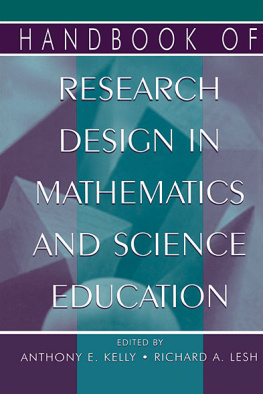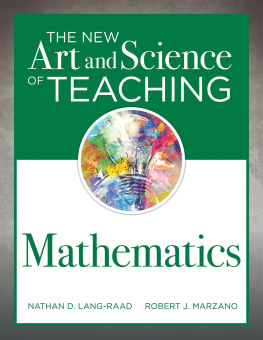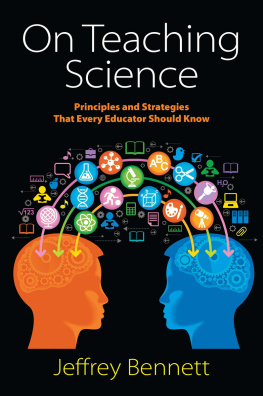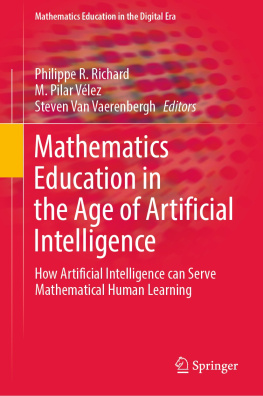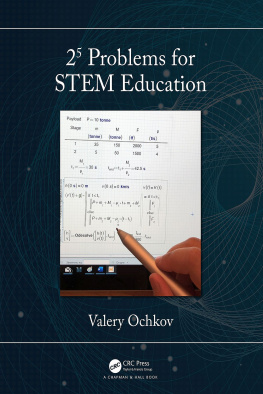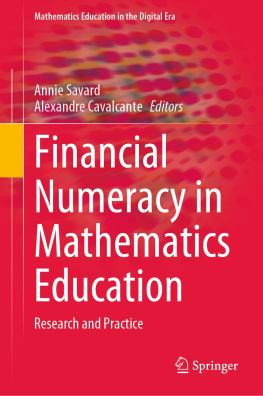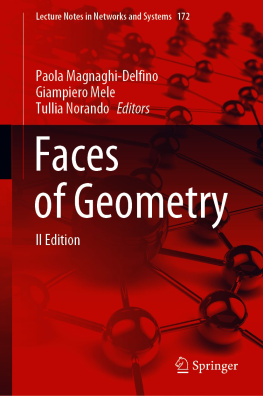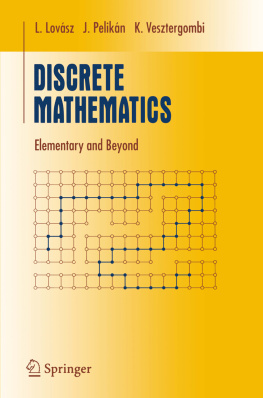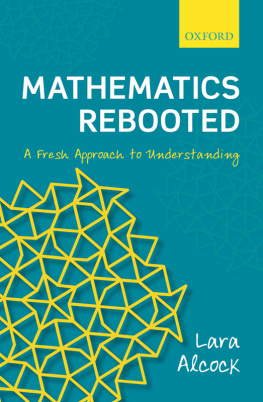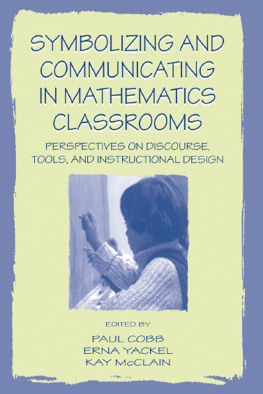Anthony E. Kelly - Handbook of Research Design in Mathematics and Science Education
Here you can read online Anthony E. Kelly - Handbook of Research Design in Mathematics and Science Education full text of the book (entire story) in english for free. Download pdf and epub, get meaning, cover and reviews about this ebook. year: 2000, publisher: Routledge, genre: Romance novel. Description of the work, (preface) as well as reviews are available. Best literature library LitArk.com created for fans of good reading and offers a wide selection of genres:
Romance novel
Science fiction
Adventure
Detective
Science
History
Home and family
Prose
Art
Politics
Computer
Non-fiction
Religion
Business
Children
Humor
Choose a favorite category and find really read worthwhile books. Enjoy immersion in the world of imagination, feel the emotions of the characters or learn something new for yourself, make an fascinating discovery.
- Book:Handbook of Research Design in Mathematics and Science Education
- Author:
- Publisher:Routledge
- Genre:
- Year:2000
- Rating:3 / 5
- Favourites:Add to favourites
- Your mark:
Handbook of Research Design in Mathematics and Science Education: summary, description and annotation
We offer to read an annotation, description, summary or preface (depends on what the author of the book "Handbook of Research Design in Mathematics and Science Education" wrote himself). If you haven't found the necessary information about the book — write in the comments, we will try to find it.
* have been pioneered recently by mathematics and science educators;
* have distinctive characteristics when they are used in projects that focus on mathematics and science education; and
* have proven to be especially productive for investigating the kinds of complex, interacting, and adapting systems that underlie the development of mathematics or science students and teachers, or for the development, dissemination, and implementation of innovative programs of mathematics or science instruction.
The volume emphasizes research designs that are intended to radically increase the relevance of research to practice, often by involving practitioners in the identification and formulation of the problems to be addressed or in other key roles in the research process. Examples of such research designs include teaching experiments, clinical interviews, analyses of videotapes, action research studies, ethnographic observations, software development studies (or curricula development studies, more generally), and computer modeling studies. This books second goal is to begin discussions about the nature of appropriate and productive criteria for assessing (and increasing) the quality of research proposals, projects, or publications that are based on the preceding kind of research designs. A final objective is to describe such guidelines in forms that will be useful to graduate students and others who are novices to the fields of mathematics or science education research.
The NSF-supported project from which this book developed involved a series of mini conferences in which leading researchers in mathematics and science education developed detailed specifications for the book, and planned and revised chapters to be included. Chapters were also field tested and revised during a series of doctoral research seminars that were sponsored by the University of Wisconsins OERI-supported National Center for Improving Student Learning and Achievement in Mathematics and Science. In these seminars, computer-based videoconferencing and www-based discussion groups were used to create interactions in which authors of potential chapters served as guest discussion leaders responding to questions and comments from doctoral students and faculty members representing more than a dozen leading research universities throughout the USA and abroad.
A Web site with additional resource materials related to this book can be found at http://www.soe.purdue.edu/smsc/lesh/
This internet site includes directions for enrolling in seminars, participating in ongoing discussion groups, and submitting or downloading resources which range from videotapes and transcripts, to assessment instruments or theory-based software, to publications or data samples related to the research designs being discussed.
Anthony E. Kelly: author's other books
Who wrote Handbook of Research Design in Mathematics and Science Education? Find out the surname, the name of the author of the book and a list of all author's works by series.

